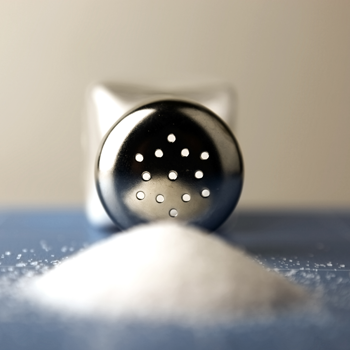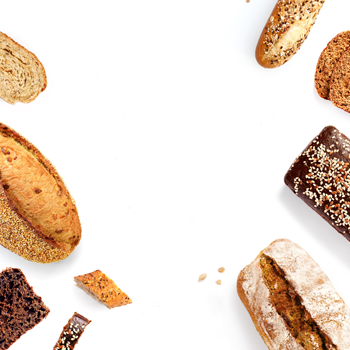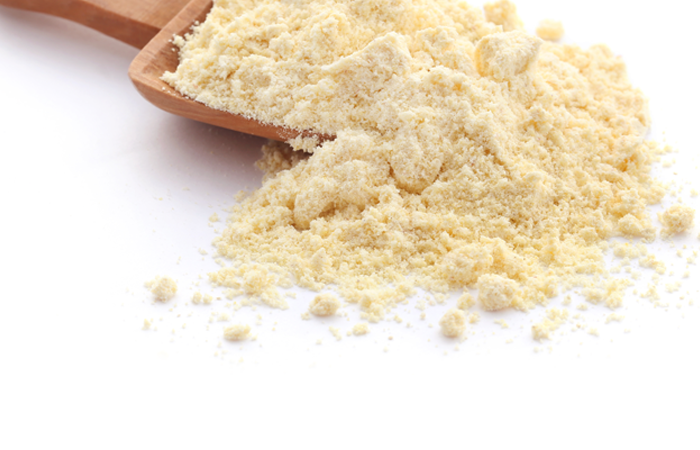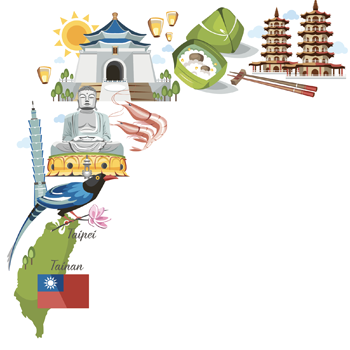บทบาทของภาคอุตสาหกรรมอาหารในการ…ลดเค็ม…ลดโรค
By: เครือข่ายลดบริโภคเค็ม
Low Salt Thailand Network
www.lowsaltthai.com
ปัจจุบันประเทศไทยมีผู้ป่วยโรคไม่ติดต่อเรื้อรังเป็นจำนวนมาก สาเหตุมาจากการรับประทานอาหารที่มีปริมาณน้ำตาล ไขมัน โซเดียม มากเกินกว่าปริมาณที่กำหนดในแต่ละวัน (ปริมาณสารอาหารอ้างอิงที่ควรได้รับประจำวัน (Dietary Reference Intake; Thai DRI)) โดยเฉพาะอย่างยิ่งเกลือหรือโซเดียมที่มีอยู่ในอาหารสำเร็จรูป และอาหารที่ขายตามท้องถนน ซึ่งส่งผลให้เกิดความเสี่ยงในการเป็นโรคไม่ติดต่อเรื้อรัง เช่น โรคหัวใจ โรคความดันโลหิตสูง โรคไต อัมพฤกษ์อัมพาต เป็นต้น
อีกทั้งยังสอดคล้องกับตัวชี้วัดขององค์การอนามัยโลกในการตั้งเป้าหมายสู่การลดการบริโภคโซเดียมในอาหารลงร้อยละ 30 ภายในปี 2568 ด้วยเหตุนี้ สำนักงานคณะกรรมการอาหารและยา (อย.) ร่วมกับเครือข่ายลดบริโภคเค็ม และองค์การอนามัยโลก จึงร่วมกันผลักดันการลดการบริโภคเกลือหรือโซเดียมตามมติสมัชชาสุขภาพแห่งชาติ ครั้งที่ 8 เพื่อหารือแนวทางความร่วมมือกับผู้ผลิตอาหารในการลดปริมาณเกลือหรือโซเดียมลง โดยเน้นที่อาหารกลุ่มเสี่ยงทั้ง 4 กลุ่ม ได้แก่ ขนมขบเคี้ยว อาหารกึ่งสำเร็จรูป เครื่องปรุงรส อาหารแช่เย็นและแช่เยือกแข็ง อีกทั้งยังพบว่าหลายประเทศได้มีมาตรการแบบบังคับ และ/หรือ สมัครใจในการลดปริมาณเกลือหรือโซเดียมในอาหารสำเร็จรูป (กลุ่มอาหารพร้อมรับประทาน) และกลุ่มอาหารกึ่งสำเร็จรูป
ในประเทศไทยมีผู้ประกอบการที่ผลิตอาหารสำเร็จรูปเป็นจำนวนมาก และมีส่วนสำคัญในการช่วยปรับลดปริมาณเกลือหรือโซเดียมในผลิตภัณฑ์อาหาร จากผลการสำรวจสถานการณ์การแสดงข้อมูลบนฉลากโภชนาการของผลิตภัณฑ์อาหารที่มีจำหน่ายในห้างสรรพสินค้าและร้านสะดวกซื้อในเขตกรุงเทพมหานครและปริมณฑลในช่วงปี 2555 ของสำนักอาหาร อย. ร่วมกับเครือข่ายลดบริโภคเค็ม พบว่าแหล่งของโซเดียมที่ประชากรไทยได้รับจากผลิตภัณฑ์อาหารสำเร็จรูปที่พร้อมบริโภคมากที่สุด อีกทั้งอาหารสำเร็จรูปบางอย่างนิยมนำมาใช้เป็นวัตถุดิบในการประกอบอาหารด้วย ซึ่งแสดงให้เห็นถึงความสำคัญของผู้ผลิตอาหารซึ่งมีผลต่อการบริโภคเกลือหรือโซเดียมในอาหารของประชากรไทยเป็นอย่างมากที่จะต้องร่วมมือกันเพื่อลดการบริโภคเกลือและโซเดียมตามที่องค์การอนามัยโลกกำหนดให้การลดบริโภคเกลือเป็น 1 ใน 9 เป้าหมายโลกในการควบคุมปัญหาโรคไม่ติดต่อภายในปี 2568 โดยกำหนดให้ลดการบริโภคเกลือและโซเดียมของประชาชนทั่วไปให้ได้ร้อยละ 30 ภายในปี 2568
Many Thais are suffering from NCDs from regularly consuming high sugar, high fat, and high sodium food. Most times, the content of the substances is above average advised in the Dietary Reference Intake (Thai DRI), especially salt or sodium in convenience foods and street foods. This causes high risks for NCDs like cardiovascular diseases, hypertension, kidney diseases, and paralysis, for instances.
The statistic also matches with the index from the World Health Organization (WHO) and by 2015, WHO aims to reduce sodium consumption by 30%. Consequently, the Food and Drug Administration (Thai FDA), together with Low Salt Thailand Network and WHO are pushing for the reduction of salt and sodium consumption. This follows the 8th resolution of the National Health Assembly (NHA) that aims to find the solution to collaborate with food manufacturers to reduce the salt and sodium usage. The resolution targets 4 types of food, namely, snacks, instant/semi-processed foods, seasonings, and chilled/frozen foods. Nonetheless, many countries have enforced measures to restrict and/or encourage voluntary reduction of the amount of salt and sodium used in convenience foods and instant/semi-processed foods.
As there are numbers of convenience food manufacturers in Thailand, they can play prominent role in reducing salt and sodium levels in food products. From the review of nutrition facts on food packaging that available in shopping malls and convenient stores in Greater Bangkok conducted by the Thai FDA and Low Salt Thailand Network in 2012, it was found that the main source of sodium consumed by Thais is ready-to-eat foods. They need to collaborate to reduce the consumption following WHO’s determination, in which salt reduction by 30% is 1 of the 9 global goals to control NCDs by 2025.









